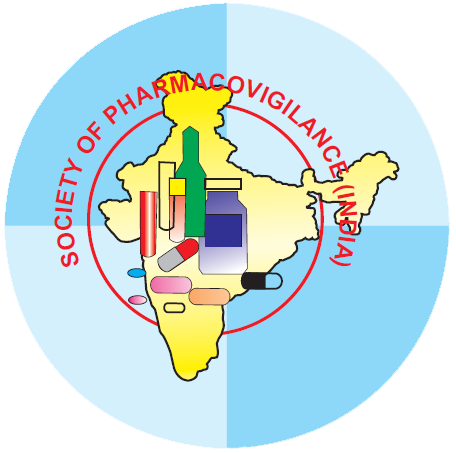Monitoring of Adverse Drug Reactions to Oral Hypoglycaemic Drugs in a Tertiary Care Hospital: A Prospective Study
Abstract
Background: Objective: To monitor and evaluate adverse drug reactions (ADRs) of hypoglycemic drugs in type II diabetics by spontaneous ADR monitoring. Methods: 450 diabetic patients on who are on oral Hypoglycemic drugs were evaluated prospectively in a cross-sectional study over a period of six months. Details of adverse event history, history of medication suspected of having caused the ADR were recorded in the format followed in the Pharmacovigilance Programme of India. The causality relationship was assessed by the scale prescribed by World Health Organization-Uppsala Monitoring Centre criteria.. Results: A total of 450 patients were screened, of which 57 were suspected of having at least one ADR. Metformin contributed highest number of ADR reported, in the form of dyspepsia, vomiting and diarrhea, followed by glimepiride-induced hypoglycemia. SLGT-2 -induced Urinary Tract Infection, pioglitazone-induced pedal edema were also reported. Conclusion: ADRs due to hypoglycemic drugs is a frequent problem. ADR reporting is needed to develop a strong ADR database in India.
References
2. Magalhães ME, Cavalcanti BA, Cavalcanti S. Could pre-diabetes be considered
a clinical condition.Opinions from an endocrinologist and
a
cardiologist? Diabetol Metab Syndr. 2010;2:2. [PMC free article] [PubMed]
3. International Diabetes Federation. Belgium. [accessed on January 11, 2016].
Available from:http://www.diabetesatlas.org/across-the-globe.html .
4. Ramachandran A. Know the signs and symptoms of diabetes. Indian J Med
Res. 2014;140:579–81. [PMC free article] [PubMed]
5. Indian Diabetes Market Report & Outlook for 2010-2015. Press
Release. [accessed on November 26, 2015]. Volume 16 | Issue 1 | January – June 2019 14
J Pharmacovig Drug Safety
Stalin C, et al.: Adverse Drug Reactions to Oral Hypoglycaemic Drugs
Availablefrom: http://www.mynewsdesk.com/in/pressreleases/indian-diabetes-
market-report-outlook-for-2010-2015-through-bharatbook-com-586410 .
6. Inbaraj SD, Muniappan M, Muthian S, Mutha A, Josephine G, Farhanarah M. Pharmacovigilance of the Cutaneous Drug Reactions in Outpatients of
Dermatology Department at a Tertiary Care Hospital. Journal of Clinical and
Diagnostic Research. 2012; 6:1688-91.
7. World Health Organisation. WHO-UMC causality assessment system. Available
from: http://www.who-umc. org/pdfs/Causality.pdf
8. Chatterjee S, Majumder A, Subir R. Observational Study of Effects of
Saroglitazar on Glycaemic and Lipid Parameters on Indian Patients with Type 2 Diabetes. Sci Rep. 2015; 5:7706. doi: 10.1038/srep07706.
Copyright (c) 2019 C Stalin, T Laxmi Prasanna, C Ramachandra Bhat

This work is licensed under a Creative Commons Attribution-NonCommercial 4.0 International License.





